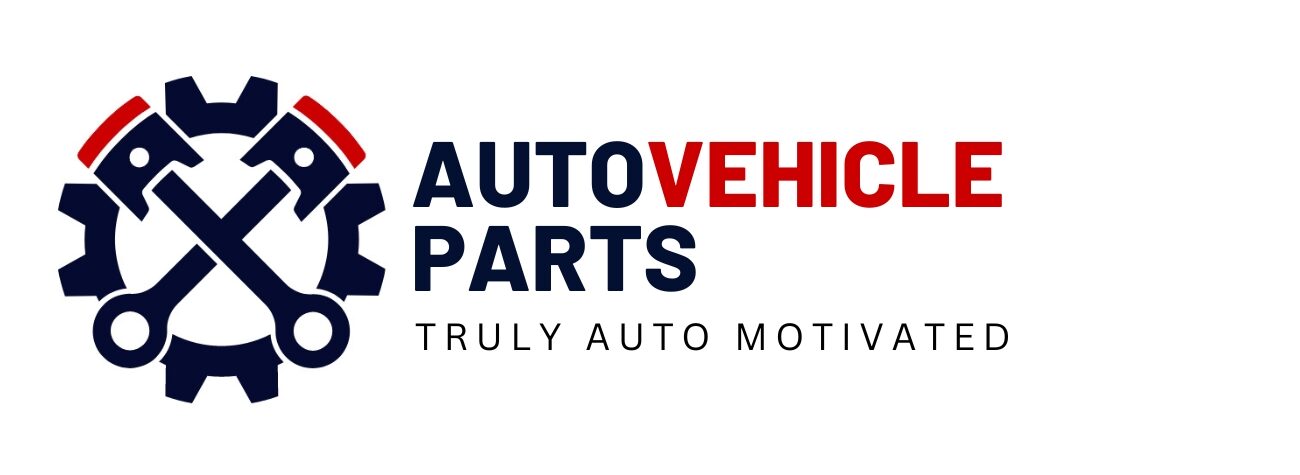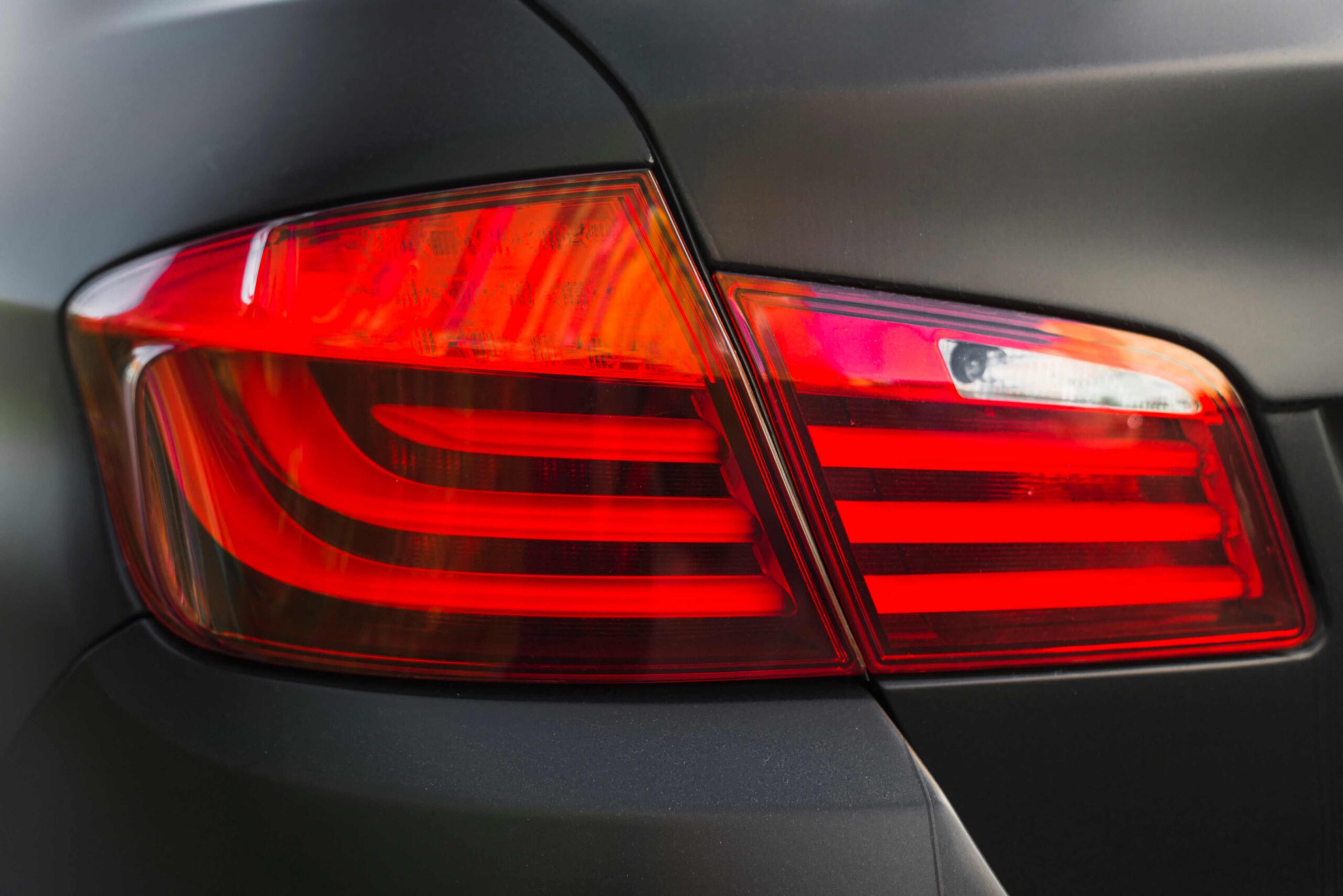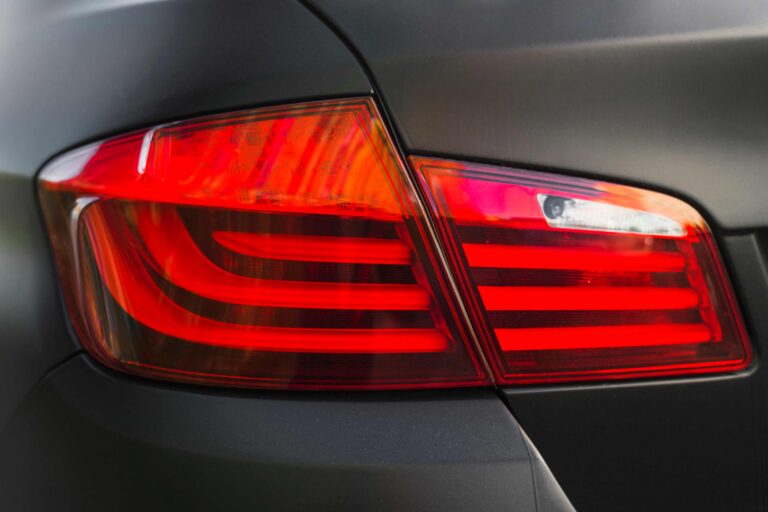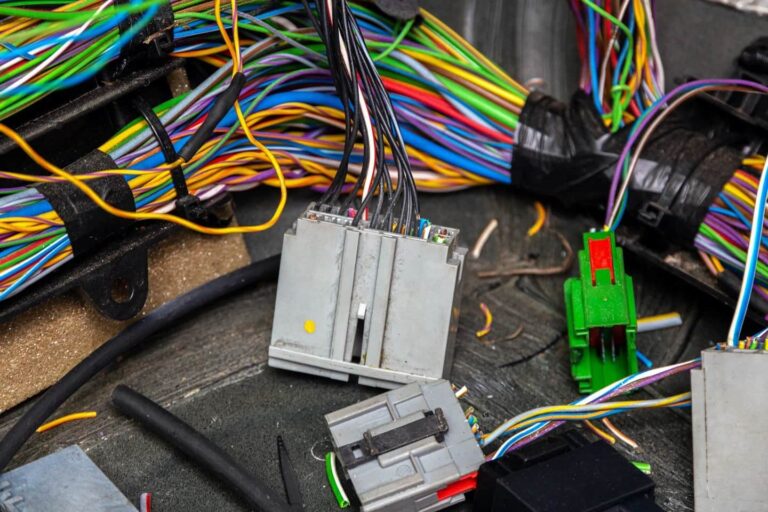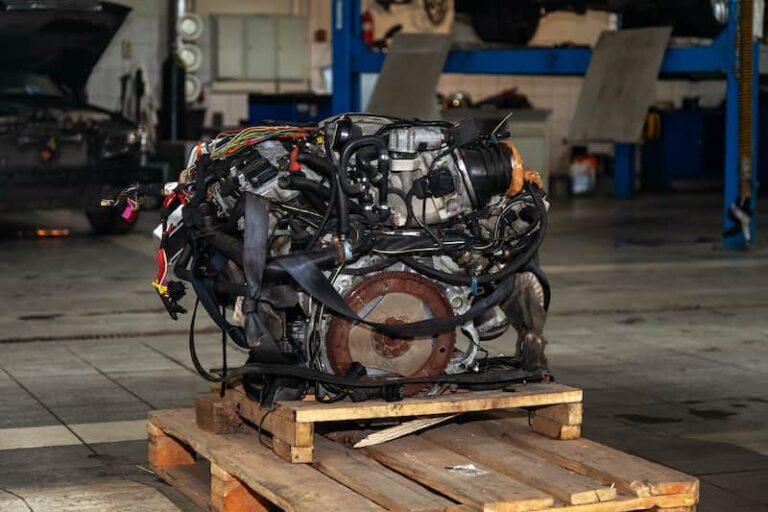A double wishbone suspension system, designed in the 1930s, was one of the first independent suspension systems to be adopted by the automobile industry. The concept for this system was simple: create a free plan with two control arms stacked, one on top of the other. The state of the control arms, which resemble wishbones, is why we call this type of configuration “double-wishbone.” These, on the other hand, are referred to as “A” control arms. Because each wheel is coupled with the edge as a separate unit, this suspension type allows for more freedom. Although this isn’t the most common type of independent suspension, it is one of the most effective, and here’s why.
Table of Contents
ToggleHow does double-wishbone suspension work?
The double-wishbone suspension allows each wheel to act and respond independently of the others. It achieves this thanks to two wishbone-shaped arms (also known as control arms or twofold A-arms) located between the knuckle on the steering wheel and the vehicle’s casing. Swivelling appendages on the two closures of the upper and lower control arms allow development in varied bearings. The safety and curl springs, positioned on the wishbones, control vertical growth. An expert can change the vehicle’s ride and handling by carefully adjusting the lengths and relative ends of the upper and lower control arms. This includes using boundaries such as camber point, caster point, toe design, roll focus stature, clean span, and scrape to manage the wheel’s movements.
Design and Analysis of Double Wishbone System
The suspension architecture successfully gives solidity to automobiles, resulting in improved riding comfort. It directs security and provides footing control. This research presents an approach for designing a double-wishbone suspension system with a damper on the bottom wishbone for electric sunshine cars. Suspension system trends have focused on further creating breakthroughs in ride quality and vehicle treatment. It maintains a reasonable range of economic development by lowering costs while increasing efficacy. Using Lotus and Solid, theoretical research is conducted to design a double-wishbone suspension system. The test is completed on a nascent calculation vehicle with a double-wishbone. The paper will further develop vehicle taking care of attributes by adjusting camber, toe points, and A-a safe distance. This is fine-tuned by adjusting the A-length, arm’s ground leeway, and frame joining point based on the hit and preliminary plan and working on potential footing and mobility. Because of the recreation guided, the paper’s aftereffects are presented in the form of a graph.
Related: Loose steering symptoms
Advantages of a Double Wishbone System
There’s a reason why the double-wishbone layout has remained so popular for so long. Everything is determined by how a vehicle behaves in a corner.
When you enter a corner, there will undoubtedly be somebody roll. Let’s pretend we’re in a car that’s exploring a left-hand corner. The car’s body will roll marginally to one side as it drives into the corner, stacking the suspension on that side of the automobile.
As the camber becomes an element, the body roll will affect the wheel grip during cornering. If you have too many positive camber outwardly wheels, you’ll have trouble holding the vehicle.
This problem is solved by double wishbones, especially in a more complex system with fewer upper control arms. Instead of a positive camber externally set of wheels, you get a little negative camber set of wheels. As a result, you’ll have a better overall grip.
Another obvious advantage of a double-wishbone structure is the degree of adjustability it should allow. There’s plenty of room to plan a helpful safeguard arrangement with two massive control arms connecting the wheel to the casing. Different car brands use various frames. Some use Loop overs, whereas others use separate shock and spring setups.
Which types of cars use double wishbone suspension?
Suspension systems with double-wishbones are standard on high-performance automobiles and sporty cars. Alfa Romeo Giulia 952, Lancia Delta S4, Mercedes-Benz (most versions), Toyota Tundra, MG Rover TF, Honda Accord, and Aston Martin DB7 are examples of vehicles using two-wishbone suspension. It’s also seen in open-wheel race cars like Formula 1 and Indianapolis, where the control arms are visible as they stretch out from the body to the wheel assembly.
Should I Upgrade to a Double Wishbone?
Put the buzzsaw down. Although a double-wishbone is the most famous execution suspension, each suspension type has a variety of secondary selling suspension modifications. More importantly, putting a wishbone suspension system into a vehicle that was not originally equipped with one is a lot of labour on most automobiles. We’re talking about design, fabrication, welding, and arithmetic. Whether you have a multi-interface, MacPherson swaggers, a swing hub, straight hub, or wishbone on your vehicle, you can constantly improve it. Stiffer springs (leaf or loop), polyurethane bushings, and more (or larger) anti-sway bars are all standard overhauls.
Related: Recycle car parts
Is double-wishbone better than McPherson?
The increase in negative camber due to the upward suspension development of the upper and lower arms is the primary benefit of the Double Wishbone system. To sum up, double-wishbones might perform better in the short term, but MacPherson would be more cost-effective in the long run.
